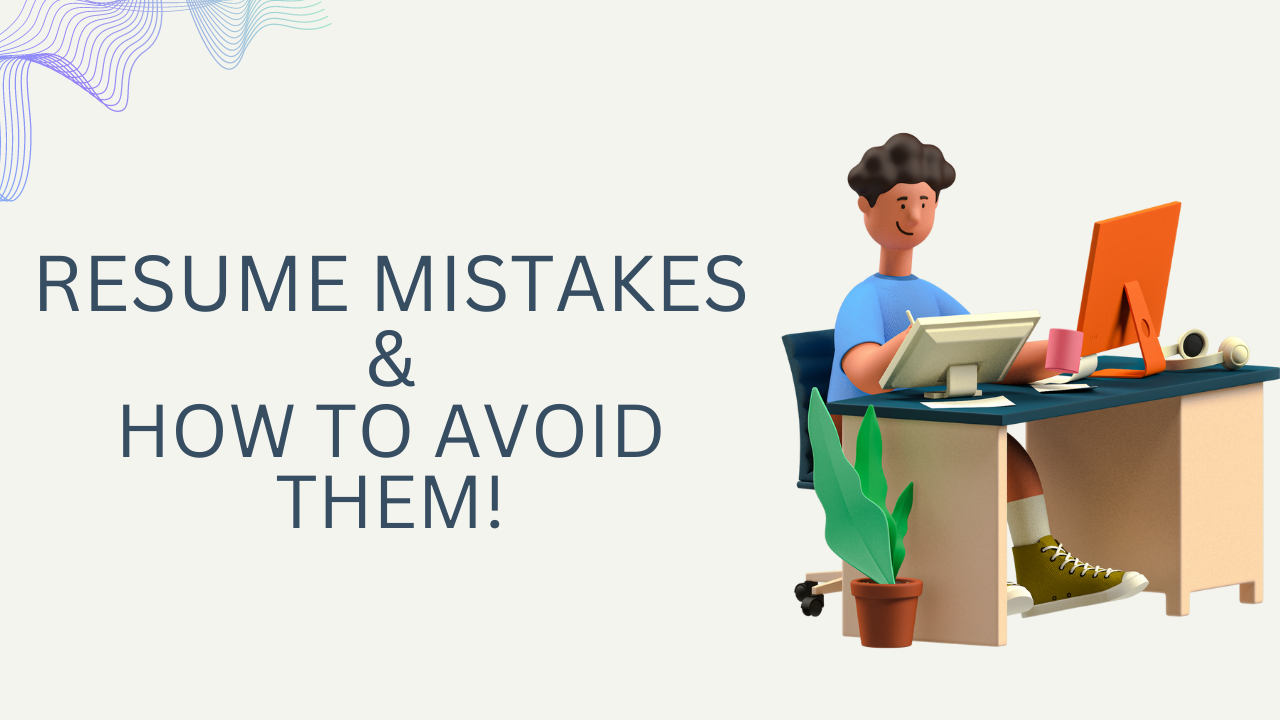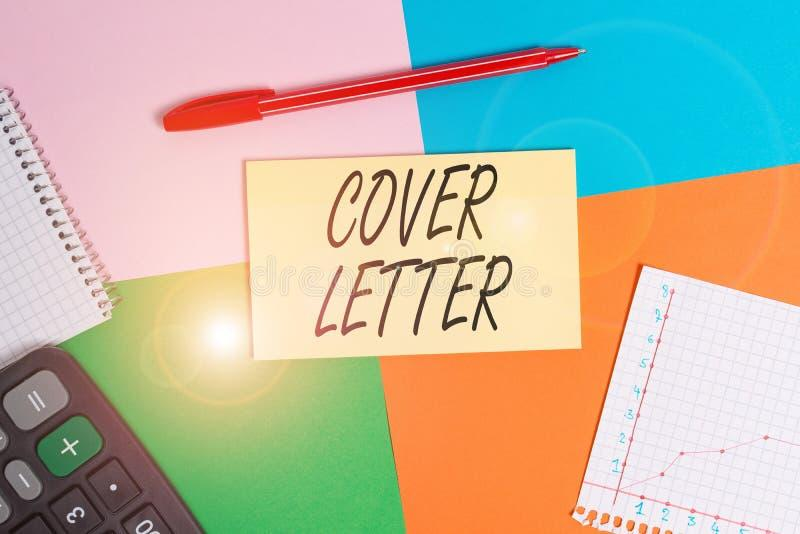Before diving in, let’s get this straight, your resume, your LinkedIn, and your cover letter (yes, still relevant!) work together like a personal brand package. Whether you’re drafting a CV letter for job application or fine-tuning your profile, each part has a role to play.
Getting noticed in today’s job market isn’t just about having skills—it’s about how you present them. If you’re a student or recent grad, you’ve probably wondered: “What do I even put on a resume?” or “Does anyone still read cover letters?”
Trust me, I’ve been there. But my experience as a faculty member in the placement department, checking hundreds of student resumes, has convinced me that once you understand how to tailor your application tools—your resume, cover letter, and LinkedIn—you stop feeling invisible and start feeling interview-ready. Here’s how to make your application toolkit work harder (and smarter) for you.
- Your Resume: Avoid These Classic Fresher Fails
Your resume is your foot in the door—but most students make the same five mistakes:
Vague Objectives: “To obtain a challenging position…” says nothing about you. Instead, write a sharp 2–3 line summary that shows your strengths and what you’re aiming for.
Ugly Formatting: A cluttered page is a recruiter’s worst nightmare. Stick to clean fonts, clear headings, and enough white space so your achievements actually stand out.
Weak Language: “Was responsible for…” just sounds passive. Use active verbs that show you did something (see next section!).
Typos & Grammar Errors: Proofread it. Then ask a friend or your mentor. Then read it backwards. Seriously, these small changes go farther.
One-Size-Fits-All: Don’t send the same resume everywhere. Customize the resume as per the company and the job description you apply for. Adjust your keywords and skills to match each job description and trust me, it’s a game changer to make lasting impressions.

- Power Verbs = Powerful First Impressions
If your resume isn’t landing interviews, your verbs might be the problem. Words like “helped” or “worked on” don’t really say anything about your impact.
Try these upgrades:
- Helped → Collaborated, Facilitated, Supported
- Managed → Coordinated, Directed, Spearheaded
- Created → Developed, Launched, Pioneered
Example:
Before: “Managed the club’s Instagram.”
After: “Led a content strategy that doubled engagement in 3 months.”

- The Cover Letter Isn’t Dead—Just the Boring Ones Are
Think of a good cover letter like the voiceover to your resume—it helps connect the dots. Keep it short (3 paragraphs max) and make it count:
Hook: Mention the role, show genuine interest in the company’s mission, or highlight a recent project they’ve done.
Bridge: Pick 1–2 job requirements and explain exactly how your experience matches. Use examples from coursework, internships, or side projects. Try to be relatable to them.
Close: Express confidence, invite them to check your resume or portfolio, and thank them for their time.
If you’re still confused, look up some CV letter examples or sample job cover letter formats online, but make sure to personalize instead of copy-pasting. That’s how you stand out.

- LinkedIn: More Than an Online Resume
Your LinkedIn profile is your digital handshake. If you haven’t touched it since first year, now’s the time. Here’s a 10-point checklist:
- Professional Photo (clear, solo, no party shots or bathroom selfies!!)
- Headline with keywords (not just “Student at XYZ”)
- ‘About’ Section in first person—who you are, what you care about
- Experience with bullet points using your power verbs
- Education, including coursework or honors
- Skills (add 5–10 and ask friends to endorse them)
- Custom URL (e.g., linkedin.com/in/your name)
- Projects or Volunteering that show initiative
- Recommendations You can also ask mentors or faculty members to recommend you
- Engage: Like, comment, and post in your field

- Networking Without Being Weird (Yes, Even on LinkedIn)
Reaching out to strangers online feels awkward at first—but alumni and professionals often want to help students. The trick is to keep it personal and polite. Never start with “Hi, can you give me a job?”
Instead, try this message:
Hi [Name],
I’m a [Your Major] student at [University], and I came across your profile. I really admire your work at [Company]. I’m exploring a career in [Their Field], and would love to hear any advice you might have.
Best,
[Your Name]
That one message can lead to a conversation, a connection, or even a referral down the line.

Final Thoughts: You’re Not Just Job Hunting—You’re Building a Brand
The resume, cover letter, and LinkedIn aren’t just checkboxes—they’re your voice in print and pixels. When you take the time to craft them well, you show that you’re serious, thoughtful, and ready to contribute.
So, whether it’s a CV letter or a cover letter and resume you’re working on, remember—clarity, authenticity, and confidence will always outshine generic templates.
And no, you don’t need a perfect CGPA or dozens of internships to get noticed. You just need to show up clearly, honestly, and with a bit of boldness and preparedness.
Your Next Step: Pick one tool (resume, cover letter, or LinkedIn) and improve it by 10% today. Small wins stack fast.














